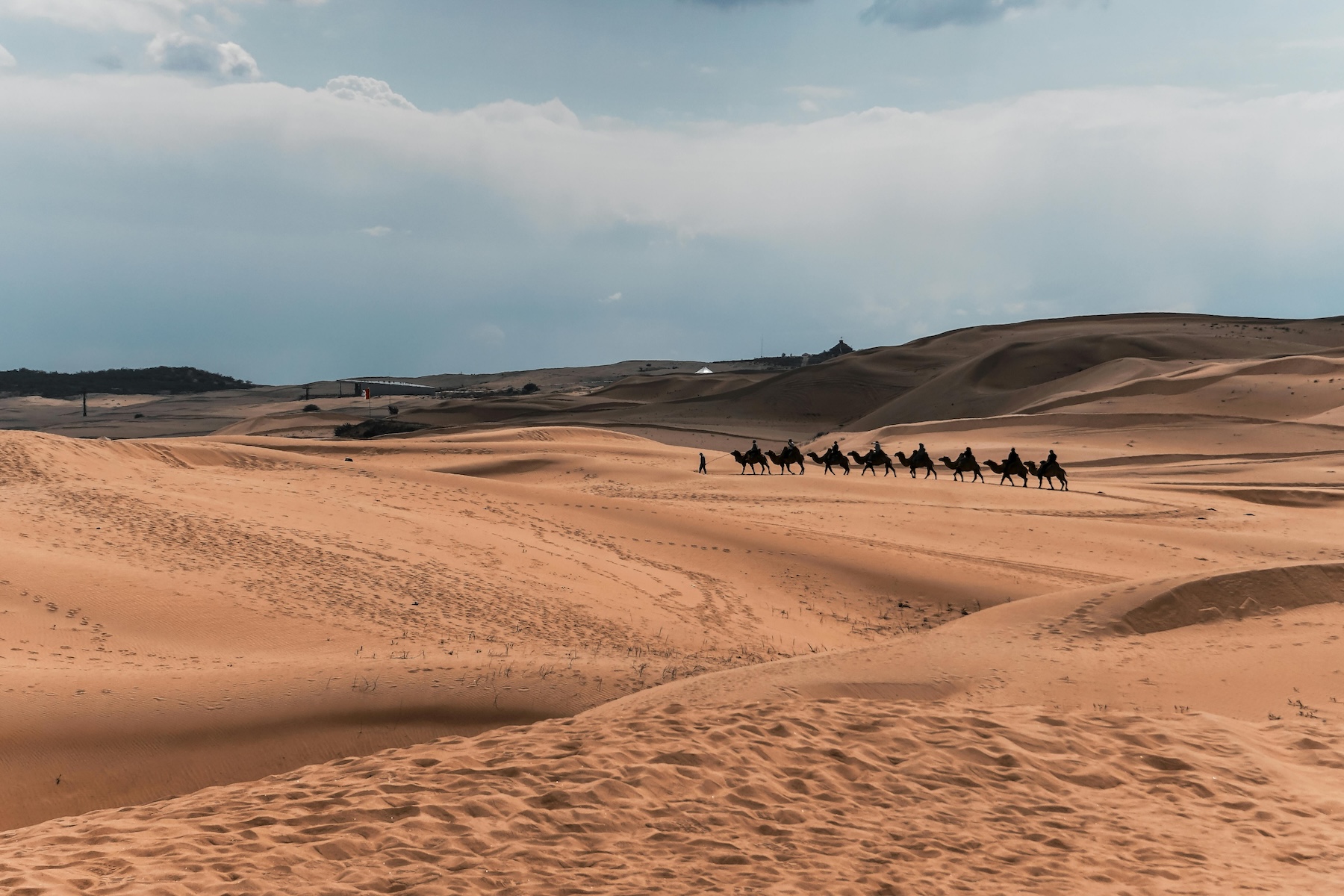Mongolia, with its vast expanses of unspoiled landscapes and a rich cultural heritage, offers a glimpse into one of the world’s most enduring nomadic traditions. The daily life of Mongolian nomads is a tapestry woven from centuries-old practices, adaptability, and a deep connection to nature. In this blog article, we explore the intricate details of the daily routines, social structures, and cultural norms that define the nomadic way of life in Mongolia.
The Nomadic Way of Life
At the heart of Mongolian nomadic culture is the concept of mobility. Nomads move with the seasons to find the best pastures for their livestock, which include sheep, goats, horses, camels, and yaks. This lifestyle, dictated by the rhythms of nature, requires a deep understanding of the environment and a high degree of self-sufficiency.
The Ger: Central to Nomadic Living
The ger, or yurt, is more than just a dwelling; it is the epicenter of nomadic life. These portable, circular tents are made of a wooden frame covered with layers of felt and canvas, providing excellent insulation against the harsh Mongolian climate. Inside a ger, the layout is both practical and symbolic, reflecting the values and customs of nomadic society.
- Structure and Design: The door of the ger always faces south, symbolizing openness to the sun and the outside world. The north side, opposite the entrance, is reserved for guests and family members, while the stove is placed at the center, representing the heart of the home.
- Daily Activities: The ger is a multifunctional space where cooking, sleeping, and socializing all take place. The central stove is used for heating and cooking, with traditional dishes like buuz (steamed dumplings) and khuushuur (fried meat pies) often on the menu.
Seasonal Movements and Livestock Management
Nomadic families typically migrate four times a year, following a seasonal pattern that ensures their animals have access to fresh pasture and water:
- Spring (Khavar): As the snow melts, nomads move to fresh pastures where the animals can graze on new grass. This is a time of renewal and preparation for the busy months ahead.
- Summer (Zun): The warmest season, with abundant pastures, is crucial for fattening animals and preparing for the harsher months. This is also when many nomadic families host visitors and participate in cultural festivals.
- Autumn (Namur): A time of transition, when nomads prepare for winter by storing hay and ensuring their livestock are in peak condition. The cool weather also makes it an ideal time for hunting and preserving meat.
- Winter (Uvul): Nomads seek sheltered areas to protect their herds from the severe cold and heavy snowfall. This is a period of relative inactivity, focused on surviving the harsh conditions.
The Role of Livestock
Livestock are central to the nomadic way of life, providing food, clothing, and transportation. Each type of animal has its own significance and utility:
- Horses: Highly valued for their speed and endurance, horses are used for transportation and herding. Horse milk is also fermented to make airag, a traditional Mongolian beverage.
- Sheep and Goats: These animals provide meat, wool, and cashmere. Sheep wool is used to make felt for the ger, while goat cashmere is a valuable commodity.
- Yaks and Camels: In the mountainous and desert regions, yaks and camels are essential for carrying heavy loads and providing milk and meat.
Social Structure and Community
Nomadic life is inherently communal, with strong ties between families and clans. Social structures are based on mutual support and cooperation, crucial for survival in the harsh Mongolian landscape. Key aspects of social life include:
- Family Roles: Family members have distinct roles, with men typically responsible for herding and hunting, while women manage the household, cook, and take care of children. However, these roles are flexible, with everyone contributing to the family’s welfare.
- Hospitality: Hospitality is a cornerstone of Mongolian culture. Guests are always welcomed with warmth and generosity, often offered milk tea (suutei tsai) and traditional snacks upon arrival. This tradition of hospitality reinforces social bonds and community cohesion.
- Festivals and Gatherings: Cultural festivals like Naadam, which features traditional games such as wrestling, horse racing, and archery, play a vital role in maintaining cultural identity and providing opportunities for social interaction. Tsagaan Sar, the Mongolian Lunar New Year, is another significant event, marked by family gatherings, rituals, and feasting.
Adaptability and Resilience
Despite the romanticized view of nomadic life, Mongolian nomads face numerous challenges, including climate change, desertification, and economic pressures. However, their adaptability and resilience are remarkable. Initiatives like eco-tourism and the promotion of traditional crafts provide new sources of income and help sustain nomadic communities.
The daily life of Mongolian nomads is a blend of ancient traditions and modern resilience, deeply rooted in a connection to nature and community. By understanding and appreciating these traditions, we gain insight into a way of life that has endured for centuries and continues to thrive in the face of contemporary challenges. The culture of Mongolian nomads is not just a relic of the past, but a living, evolving testament to human adaptability and the enduring spirit of a people intimately tied to their land.
